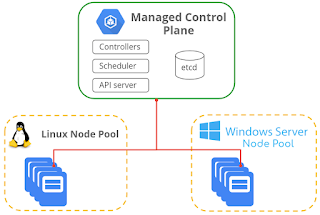Intro to Azure Core Storage Services

The Azure Storage platform is Microsoft's cloud storage solution for modern data storage. The services are: Durable and highly available: Redundancy ensures that your data is safe in the event of transient hardware failures. You can also opt to replicate data across datacenters or geographical regions for additional protection from local catastrophe or natural disaster. Data replicated in this way remains highly available in the event of an unexpected outage. Secure: All data written to an Azure storage account is encrypted by the service. Azure Storage provides you with fine-grained control over who has access to your data. Scalable: Azure Storage is designed to be massively scalable to meet the data storage and performance needs of today's applications. Managed: Azure handles hardware maintenance, updates, and critical issues for you. Accessible: Data in Azure Storage is accessible from anywhere in the world over HTTP or HTTPS. Microsoft provides client libraries for Azure





